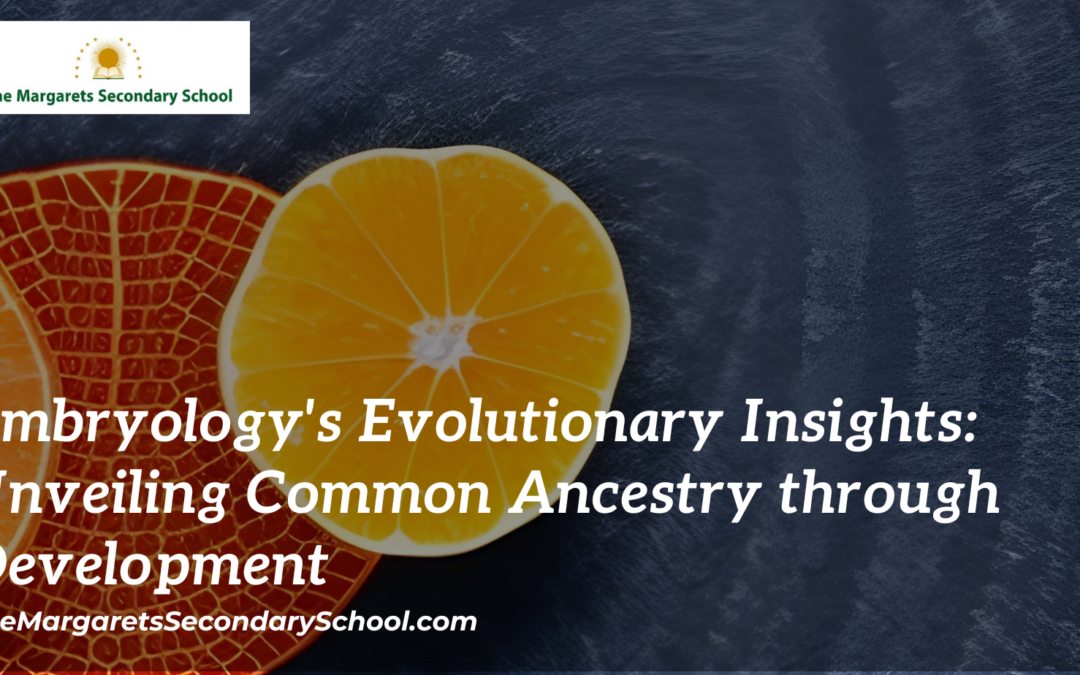Evidence of Evolution: Embryology
Embryology, the study of the development of organisms from fertilized eggs to fully formed individuals, offers compelling evidence for the theory of evolution. The similarities observed in the embryonic stages of different species provide valuable insights into the shared ancestry and evolutionary relationships between organisms. This article explores the intriguing world of embryological evidence for evolution, highlighting how developmental patterns illuminate the intricate connections between various life forms.
Ontogeny Recapitulates Phylogeny: A Glimpse into Evolutionary History
The principle of “ontogeny recapitulates phylogeny” suggests that the stages of embryonic development of an organism reflect its evolutionary history. While this concept may not hold true in its strictest sense, it does provide valuable insights into the relationships between species. Embryological similarities offer clues about the ancestral forms from which modern organisms have descended.
Comparative Embryology: Uncovering Shared Patterns
Comparative embryology involves studying the development of different species to identify shared patterns and structures. This approach often reveals remarkable similarities in early embryonic stages among seemingly unrelated organisms. For instance, the pharyngeal pouches found in the embryos of fish, amphibians, reptiles, birds, and mammals suggest a common ancestry with aquatic vertebrates.
Homologous Structures in Embryos: Building Blocks of Evolution
Homologous structures, which have a common evolutionary origin but may serve different functions in adult organisms, can also be observed during embryonic development. These shared developmental pathways provide evidence of ancestral relationships between species. The limb buds of various vertebrates, such as the similar arrangement of bones in the forelimbs of humans, whales, and bats, exemplify this concept.
Embryonic Vestiges: Echoes of Evolution
Embryonic vestiges are structures that are present during early development but either disappear or transform in later stages. These vestiges offer glimpses into ancestral forms and provide evidence of evolutionary history. For example, the presence of a tail and gill slits in human embryos echoes the features of aquatic ancestors, even though these traits are not retained in the adult human.
Evolutionary Convergence and Divergence: The Role of Environment
Embryology also sheds light on the concepts of evolutionary convergence and divergence. Convergent evolution occurs when different species independently develop similar traits in response to similar environmental pressures. Embryonic development patterns can help differentiate between true homology (shared ancestry) and analogous traits (convergent evolution) by examining when and how these traits arise during development.
Conclusion
Embryology stands as a powerful tool for understanding the evolutionary relationships between species. The study of embryonic development reveals shared patterns, homologous structures, and ancestral vestiges that provide compelling evidence for common ancestry. As we unravel the intricate stages of development across various life forms, we gain a deeper appreciation for the journey that species have undertaken over millions of years. Embryology offers us a unique perspective into the tapestry of life’s history, showcasing the remarkable unity and diversity that define our planet’s biodiversity.





